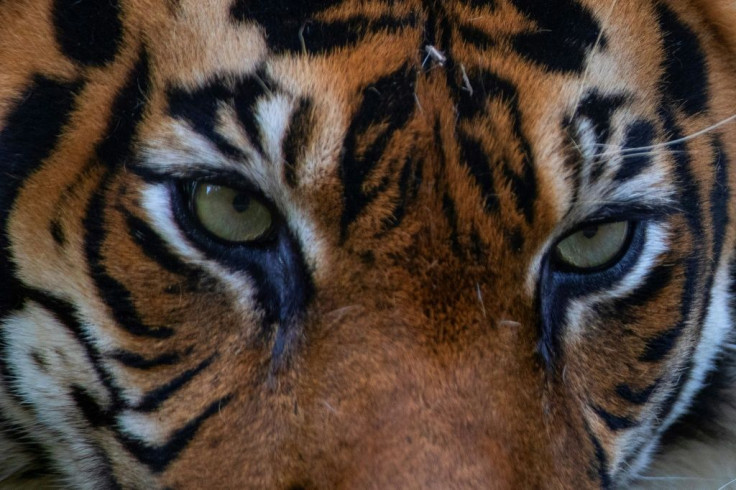Tiger Pounces On Young Boy During Visit To Zoo

A young boy and his family got more than what they expected during one of their routine visits to the zoo in Dublin, Ireland, as a tiger pounced on the unsuspecting boy.
He was, however, saved by the glass partition on the zoo’s tiger enclosure.
The incident was captured on video by the boy’s dad, Rob Costelloe. In the video, the youngster can be seen standing with his back to the enclosure. The tiger can be seen creeping towards him slowly.
The boy, then, turns to look at the tiger. The tiger froze for a moment seeing the boy look at him. However, when he turned back to face his dad, the tiger rushed at the boy, pounced on him and hit the glass partition.
My son was on the menu in Dublin Zoo today #raar pic.twitter.com/stw2dHe93g
— RobC (@r0bc) December 22, 2019
The young boy jumped in fright while everyone around him started laughing.
According to Costelloe, he saw the tiger’s stance change a bit and felt that something was about to happen. He, quickly, took out his camera and began recording.
"I took out my camera and as soon as I did, the tiger ran down the hill and launched at the window fairly furiously. Sean got a laugh - it didn't particularly faze him. I kind of laughed hysterically," Costelloe told RTE News.
Costelloe, who is a regular visitor to the zoo with his family, added that it was very special to be able to catch the incident on camera.
The video has become viral on social media garnering close to 1.8 million views and 44,000 likes.
The tiger claws at the glass partition for a second and then reality kicks in.
"As much as there's a bit of a laugh, it is also quite sad as well, because obviously there's great conservation that happens in zoos around the world, but they (the animals) are obviously captive as well so you do have to consider that as well,” Costelloe told RTE News.
He thinks that his son would enjoy telling about this experience to his friends at school after the Christmas break.
© Copyright IBTimes 2024. All rights reserved.





















